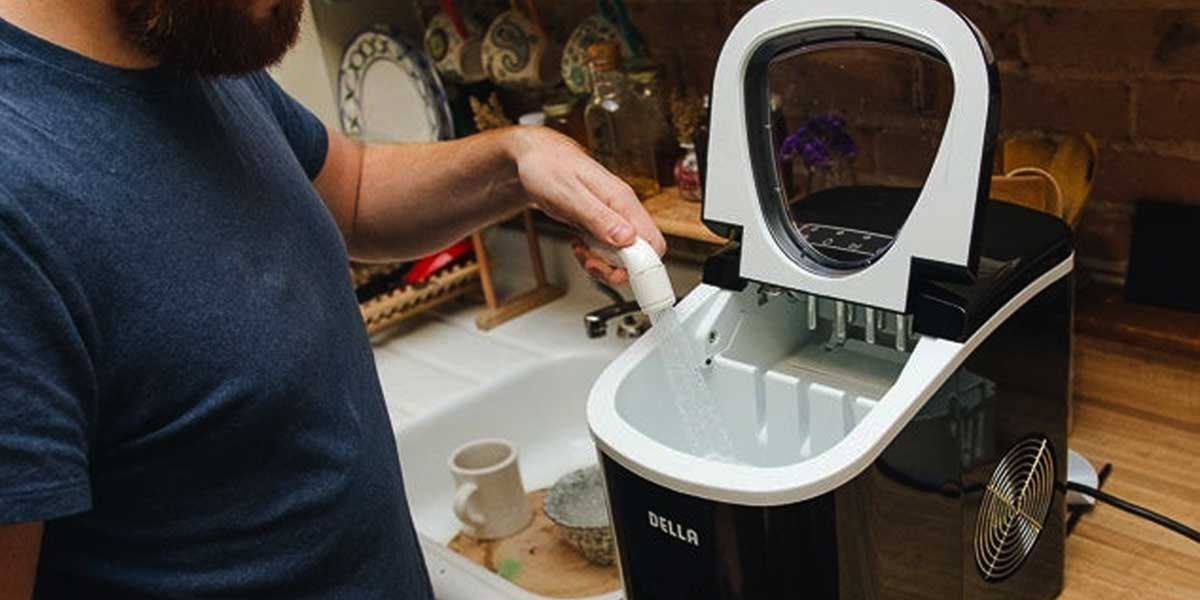

Articles
What To Use To Clean A Countertop Ice Maker
Modified: December 6, 2023
Looking for the best articles on how to clean a countertop ice maker? Discover expert tips and tricks for maintaining your appliance's cleanliness and efficiency.
(Many of the links in this article redirect to a specific reviewed product. Your purchase of these products through affiliate links helps to generate commission for Storables.com, at no extra cost. Learn more)
Introduction
Cleaning a countertop ice maker is essential for ensuring the longevity and optimal performance of the appliance. Over time, mineral deposits, bacteria, and mold can accumulate, compromising the quality and taste of the ice it produces. Therefore, regular cleaning is necessary to maintain a clean and hygienic ice maker.
Countertop ice makers are compact and convenient appliances that provide a steady supply of ice for your beverages or ice-based treats. They are a popular choice for homes, offices, and small businesses due to their compact size and ease of use. However, like any other appliance, they require regular maintenance to function properly.
In this article, we will discuss the importance of cleaning a countertop ice maker, factors to consider before cleaning, and the recommended cleaning materials and products. We will also provide a step-by-step guide to help you effectively clean your countertop ice maker. Additionally, we will share some tips for maintaining a clean ice maker for long-lasting performance.
By following these guidelines and incorporating regular cleaning into your routine, you can ensure that your countertop ice maker remains free from contaminants and consistently produces fresh and safe ice for your enjoyment.
So, let’s dive in and explore the best practices for cleaning and maintaining your countertop ice maker!
Key Takeaways:
- Regular cleaning and maintenance are essential for ensuring the longevity and cleanliness of your countertop ice maker. By following the recommended materials and step-by-step guide, you can enjoy fresh, safe ice cubes for your beverages.
- Consider factors such as water quality and frequency of use before cleaning your ice maker. Implementing additional tips, such as using filtered water and performing routine maintenance checks, will help maintain a consistently clean and hygienic ice maker.
Read more: How To Clean Frigidaire Countertop Ice Maker
Understanding Countertop Ice Makers
Countertop ice makers are compact, self-contained devices designed to produce ice quickly and efficiently. They are a convenient alternative to traditional ice cube trays or larger, built-in ice makers commonly found in refrigerators. Countertop ice makers are commonly used in homes, offices, dormitories, RVs, and other small spaces where a compact ice-making solution is needed.
These machines are typically powered by electricity and use a simple process to produce ice. Water is poured into a reservoir, which is then pumped into a freezing chamber. The freezing chamber contains metal rods or a freezing plate that quickly freezes the water, forming ice cubes. Once the cubes are fully frozen, they are released into a storage bin, ready to be used.
Countertop ice makers offer several advantages over traditional ice-making methods. One of the key benefits is speed. These machines can produce ice in as little as 6 to 15 minutes, depending on the model. This is significantly faster than waiting for water to freeze in ice cube trays, which can take hours.
Another advantage of countertop ice makers is convenience. Unlike larger ice makers that require a dedicated water line, countertop models are self-contained and easy to use. They typically have a compact design and are portable, allowing you to move them around as needed.
Countertop ice makers also offer flexibility in ice cube size and shape. Most models have adjustable settings that allow you to choose between different cube sizes. Some models even offer the option to produce bullet-shaped ice, which is ideal for cocktails and other beverages.
It is important to note that while countertop ice makers are efficient and convenient, they do have limitations. These machines are not designed for long-term storage of ice. The ice produced by countertop ice makers tends to melt relatively quickly, so it is best to use it immediately or transfer it to a freezer for longer-term storage.
Overall, countertop ice makers are a practical solution for those who need a steady supply of ice. They are compact, easy to use, and produce ice quickly. However, proper cleaning and maintenance are essential to ensure that the ice maker continues to function optimally and produces clean and safe ice.
Factors to Consider Before Cleaning an Ice Maker
Before embarking on the process of cleaning your countertop ice maker, it’s important to consider a few factors to ensure a safe and effective cleaning experience. These factors will help you prioritize and plan your cleaning routine accordingly. Here are some important factors to consider:
1. Manufacturer’s Instructions: Every ice maker model may have specific cleaning instructions provided by the manufacturer. It’s crucial to consult the user manual or online resources related to your specific model before proceeding with the cleaning process. Following the manufacturer’s guidelines will ensure the proper cleaning technique and help you avoid any potential damage to the appliance.
2. Frequency of Use: The frequency at which you use your countertop ice maker will determine how often it needs to be cleaned. If you use it on a daily basis or for commercial purposes, more frequent cleaning may be necessary compared to occasional home use. Regular cleaning is crucial to prevent the buildup of mineral deposits, mold, and bacteria, ensuring the production of clean and safe ice.
3. Water Quality: The quality of water used in your ice maker can impact its cleanliness and performance. If your ice maker is connected to a water supply, make sure to consider the quality of the water. Hard water, for example, may lead to the accumulation of mineral deposits in your ice maker’s components. In such cases, using filtered or distilled water can help minimize mineral buildup and extend the time between cleanings.
4. Time and Availability: Cleaning an ice maker requires some time and effort. Consider your schedule and allocate enough time for the cleaning process. It’s important not to rush the cleaning process to ensure thorough results. Additionally, ensure you have the necessary cleaning materials and products readily available before starting the cleaning process.
5. Safety Precautions: When cleaning an ice maker, it’s important to prioritize safety. Disconnect the power source and unplug the ice maker before starting the cleaning process to avoid any potential electrical hazards. Additionally, use appropriate protective equipment, such as gloves, to protect your hands from any cleaning agents that may be used.
By considering these factors, you can ensure that you approach the cleaning process of your countertop ice maker in a safe and efficient manner. It’s important to establish a regular cleaning routine that takes into account these factors to keep your ice maker in optimal condition and ensure the production of clean and hygienic ice cubes.
Recommended Cleaning Materials and Products
Cleaning your countertop ice maker requires the right tools and products to effectively remove mineral deposits, mold, and bacteria. Here are some recommended cleaning materials and products to consider for a thorough and efficient cleaning:
1. Warm Water: Warm water is a versatile and effective cleaning agent for removing dirt and residue from the various components of your ice maker. It helps to loosen and dissolve any buildup, making it easier to clean.
2. Mild Dish Soap: A mild dish soap can be used to create a cleaning solution with warm water. Avoid using harsh or abrasive cleaners that can damage the surface of your ice maker. Dish soap is gentle yet effective in removing dirt and grease.
3. White Vinegar: White vinegar is highly effective at removing mineral deposits and lime scale buildup. It is a natural cleaning agent that is safe to use on most surfaces. Mix equal parts of white vinegar and water to create a cleaning solution for your ice maker.
4. Lemon Juice: Lemon juice can be used as an alternative to white vinegar. It has natural cleaning properties and leaves a fresh scent. Mix lemon juice with water to create a cleaning solution.
5. Soft Microfiber Cloth: A soft microfiber cloth is ideal for wiping down the surfaces of your ice maker. It is gentle and non-abrasive, ensuring that you won’t scratch or damage the appliance.
6. Toothbrush or Soft Brush: A toothbrush or soft brush can be used to clean small, hard-to-reach areas, such as the crevices and corners of your ice maker. This will help remove any stubborn dirt or residue.
7. Sanitizing Solution: To effectively eliminate bacteria and mold, consider using a sanitizing solution specifically designed for ice makers. These solutions are designed to kill bacteria and ensure a hygienic ice-making environment.
8. Ice Machine Cleaner: Ice machine cleaner is a specialized product that helps break down mineral deposits and slime buildup on the internal components of your ice maker. It is essential for maintaining optimal performance.
When choosing cleaning materials and products, ensure that they are safe for use on food-grade surfaces and follow the manufacturer’s recommendations. Always refer to the user manual or consult the manufacturer’s website for specific cleaning instructions and recommended products for your ice maker model.
By using these recommended cleaning materials and products, you can effectively remove mineral deposits, mold, and bacteria, ensuring that your countertop ice maker produces clean, fresh, and safe ice cubes for your enjoyment.
Use a mixture of warm water and mild dish soap to clean the interior and exterior of your countertop ice maker. Be sure to unplug the machine and remove any ice before cleaning. Wipe down all surfaces and dry thoroughly before plugging it back in.
Step-by-Step Guide to Cleaning a Countertop Ice Maker
Cleaning your countertop ice maker regularly is important to maintain its performance and ensure the production of clean and safe ice cubes. Follow these steps to effectively clean your ice maker:
1. Read the manufacturer’s instructions: Before you begin cleaning, refer to the user manual or manufacturer’s instructions specific to your ice maker model. This will provide you with any unique cleaning requirements or precautions that you need to follow.
2. Turn off and unplug the ice maker: To ensure your safety, disconnect the power source by turning off and unplugging the ice maker. This will prevent any electrical accidents during the cleaning process.
3. Empty the ice bin: Remove any ice cubes from the ice bin and discard them. This will make it easier to access and clean the interior components of the ice maker.
4. Prepare a cleaning solution: Mix warm water with a mild dish soap, white vinegar, or lemon juice to create a cleaning solution. The exact ratio will depend on the specific instructions provided by the manufacturer.
5. Clean the exterior surfaces: Using a soft microfiber cloth dampened with the cleaning solution, wipe down the exterior surfaces of the ice maker. Pay attention to any buttons, control panels, and vents. Ensure that you thoroughly clean the areas where dirt and grime may accumulate.
6. Remove and clean the ice tray: If your ice maker has a removable ice tray, remove it and clean it separately. Wash it with warm, soapy water, or soak it in a mixture of warm water and vinegar to remove any mineral deposits or buildup. Rinse it thoroughly and allow it to dry before reinserting it into the ice maker.
7. Clean the interior components: Using a soft brush or toothbrush, gently scrub the interior components of the ice maker, including the freezing chamber, water reservoir, and nozzle. Dip the brush into the cleaning solution to help remove any mineral deposits or residue. Be careful not to apply too much force that could damage the components.
8. Rinse with clean water: After scrubbing the interior components, rinse them with clean water to remove any soap or cleaning solution residue. This step is important to ensure that no traces of cleaning agents are left behind.
9. Sanitize the ice maker: Once the interior components are clean and rinsed, sanitize the ice maker by using a sanitizing solution specifically designed for ice makers. Follow the instructions provided by the manufacturer for the appropriate amount and application method.
10. Dry and reassemble: After sanitizing, thoroughly dry the interior components with a clean cloth or allow them to air dry. Once dry, reassemble the ice maker, reinsert the ice tray (if applicable), and close the ice bin.
11. Plug in and turn on: Plug the ice maker back in and turn it on. Allow it to run through a cycle to ensure that any remaining cleaning solution or sanitizer is flushed out.
By following these step-by-step instructions, you can effectively clean your countertop ice maker and maintain its optimal performance. Remember to refer to the manufacturer’s instructions for any additional steps or precautions specific to your ice maker model. Regular cleaning will help ensure that your ice maker produces clean, fresh, and safe ice cubes for your enjoyment.
Read more: How Do I Clean A Countertop Ice Maker
Additional Tips for Maintaining a Clean Ice Maker
Keeping your countertop ice maker clean doesn’t stop at the cleaning process. Here are some additional tips to help you maintain a clean and hygienic ice maker:
1. Regularly wipe down the exterior surfaces: In addition to regular cleaning, it’s important to wipe down the exterior surfaces of your ice maker regularly. This will help prevent the buildup of dirt, dust, and fingerprints, keeping your ice maker looking clean and presentable.
2. Use filtered or distilled water: If your ice maker is not connected to a water line and requires you to manually add water, consider using filtered or distilled water. This can help minimize the accumulation of mineral deposits and scale, which can affect the taste and cleanliness of the ice cubes.
3. Empty and clean the ice bin regularly: Even if you’re cleaning your ice maker, it’s a good idea to regularly empty and clean the ice bin. This will allow you to remove any lingering ice cubes and prevent the buildup of odor or residue.
4. Keep the ice maker in a clean environment: Make sure to place your ice maker in a clean and well-ventilated area. Avoid placing it near sources of dirt or contaminants, such as trash cans or cleaning supplies. Keeping the surrounding area clean will help prevent the accumulation of debris on the ice maker.
5. Perform routine maintenance checks: Alongside regular cleaning, perform routine maintenance checks on your ice maker. This includes inspecting the water lines, checking for leaks, and cleaning or replacing the water filter if applicable. Following the manufacturer’s recommendations for maintenance will help ensure the longevity and optimal performance of your ice maker.
6. Follow recommended ice capacity guidelines: Every ice maker has a recommended ice capacity that should not be exceeded. Overfilling the ice maker can lead to inefficient operation and potential issues with cleanliness. Stick to the recommended capacity and avoid overloading the ice maker to prevent unnecessary strain.
7. Store ice properly: If you’re not using all the ice produced by your ice maker immediately, transfer it to an airtight container and store it in the freezer. This will help maintain the cleanliness and freshness of the ice cubes for a longer period.
8. Regularly replace the water filter (if applicable): If your ice maker has a water filter, follow the manufacturer’s recommendations for regular replacement. This will ensure that fresh, clean water is being used to make ice.
By following these additional tips, you can maintain a consistently clean and hygienic ice maker. Regular maintenance and attentiveness to cleanliness will not only enhance the performance and lifespan of your ice maker but also ensure that you and your family enjoy clean and safe ice cubes for all your refreshment needs.
Conclusion
Regular cleaning and maintenance of your countertop ice maker are crucial for ensuring its longevity, optimal performance, and the production of clean and safe ice. By following the step-by-step guide and implementing the recommended tips, you can keep your ice maker in excellent condition.
Understanding the factors to consider before cleaning, such as manufacturer’s instructions, frequency of use, water quality, time availability, and safety precautions, will help you approach the cleaning process effectively and efficiently.
It is important to use the recommended cleaning materials and products, including warm water, mild dish soap, white vinegar, lemon juice, soft microfiber cloth, toothbrush or soft brush, sanitizing solution, and ice machine cleaner. These tools will effectively remove mineral deposits, mold, and bacteria that can accumulate in your ice maker.
Following the step-by-step guide, including turning off and unplugging the ice maker, emptying the ice bin, preparing a cleaning solution, cleaning the exterior and interior components, sanitizing, and allowing the ice maker to dry before reassembling, will help ensure a thorough cleaning process.
Additionally, maintaining a clean ice maker involves regular wiping down of the exterior surfaces, using filtered or distilled water, regularly emptying and cleaning the ice bin, keeping the ice maker in a clean environment, performing routine maintenance checks, following recommended ice capacity guidelines, and properly storing ice cubes.
By implementing these tips and consistently maintaining a clean ice maker, you can enjoy fresh, hygienic ice cubes for your beverages and ensure the longevity of your countertop ice maker.
Remember to refer to the manufacturer’s instructions and guidelines for your specific ice maker model to ensure the best results. Regular cleaning and proper maintenance will not only improve the performance of your ice maker but also provide you with peace of mind, knowing that you are consuming clean and safe ice cubes.
So, make cleanliness a priority and invest the time and effort needed to keep your countertop ice maker in top-notch condition. Cheers to refreshing, clean ice cubes whenever you desire!
Frequently Asked Questions about What To Use To Clean A Countertop Ice Maker
Was this page helpful?
At Storables.com, we guarantee accurate and reliable information. Our content, validated by Expert Board Contributors, is crafted following stringent Editorial Policies. We're committed to providing you with well-researched, expert-backed insights for all your informational needs.
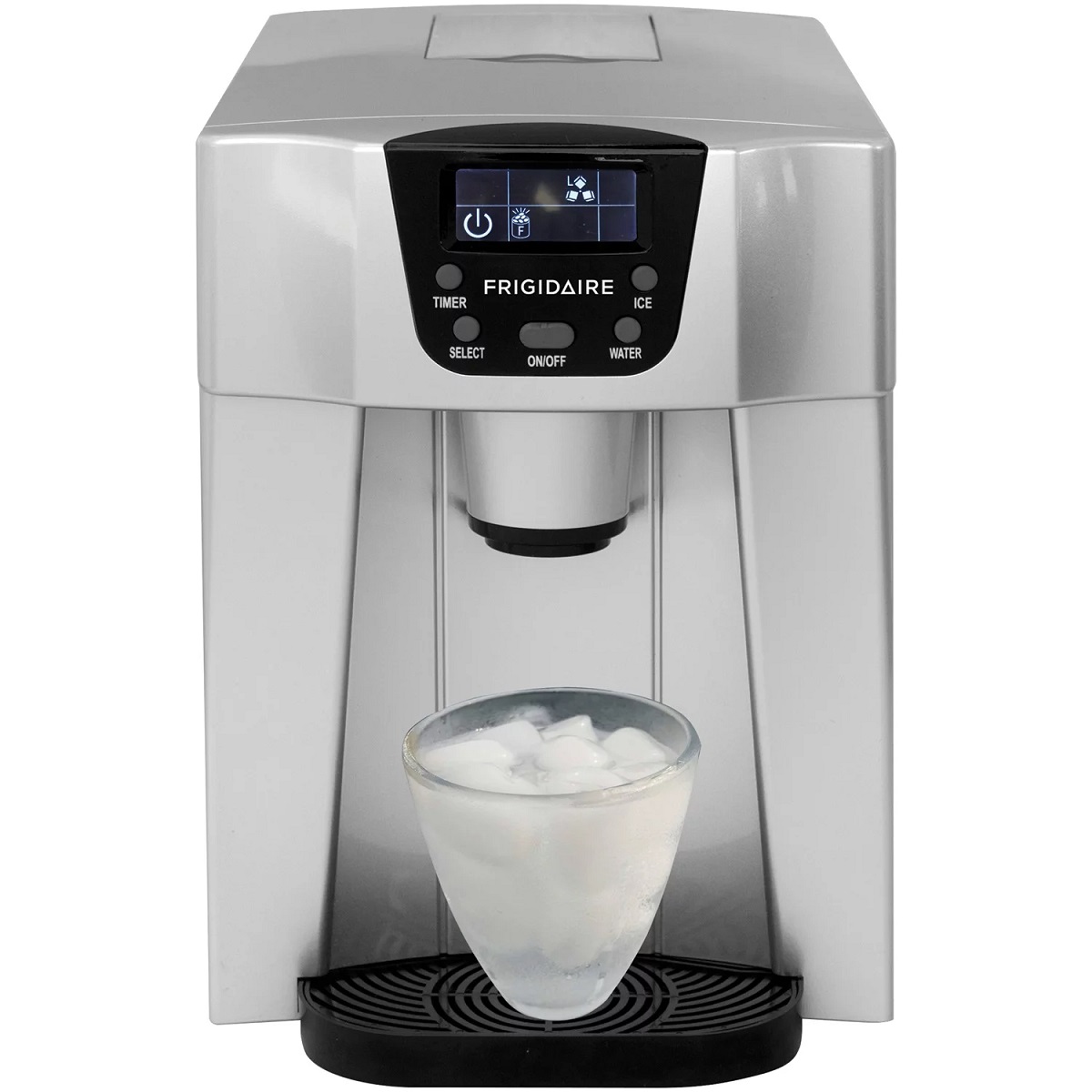
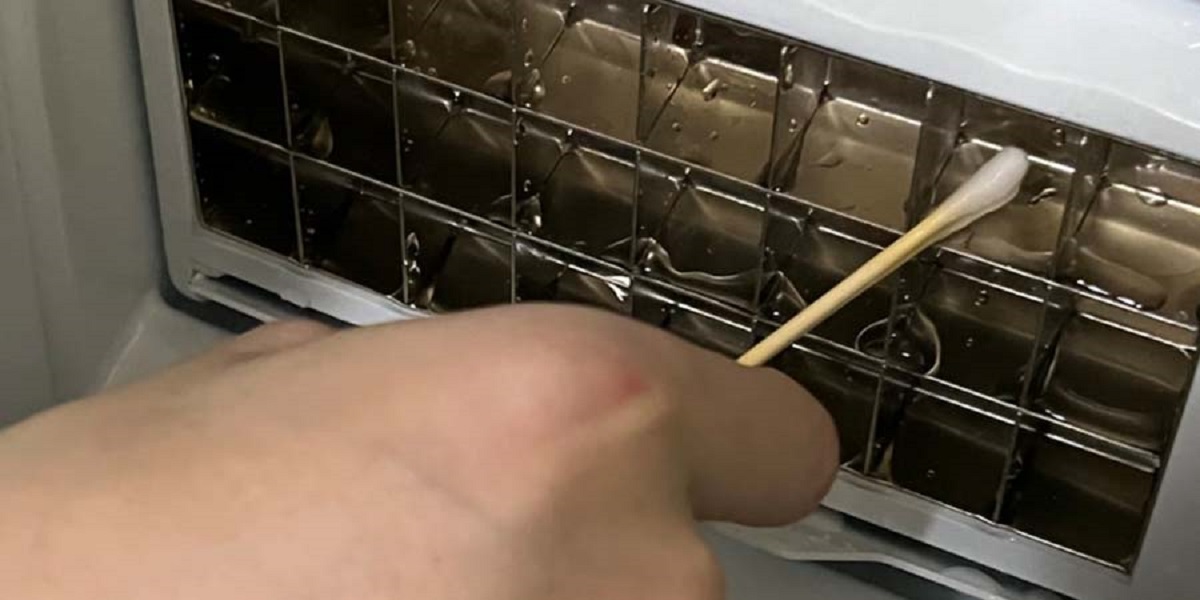
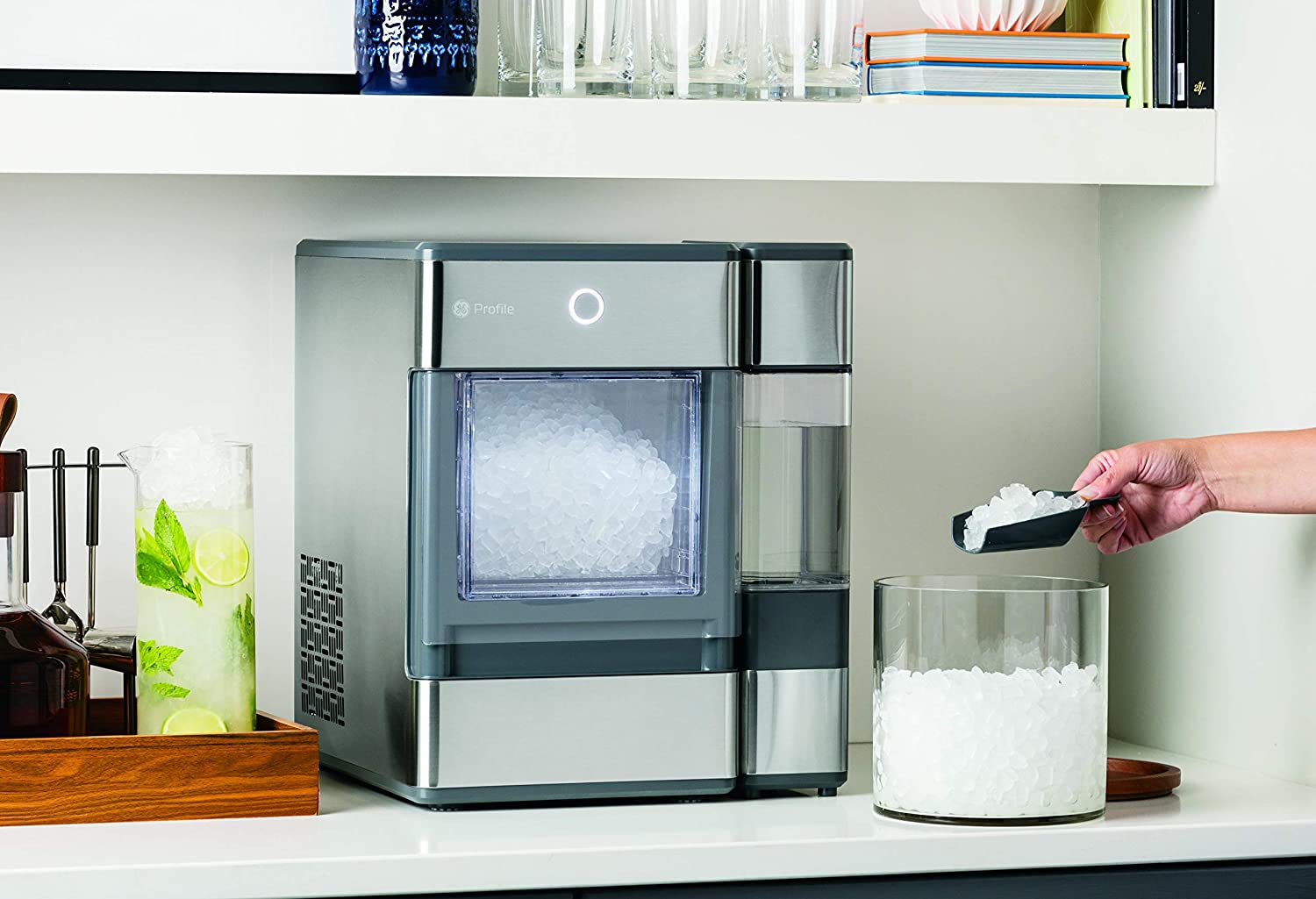
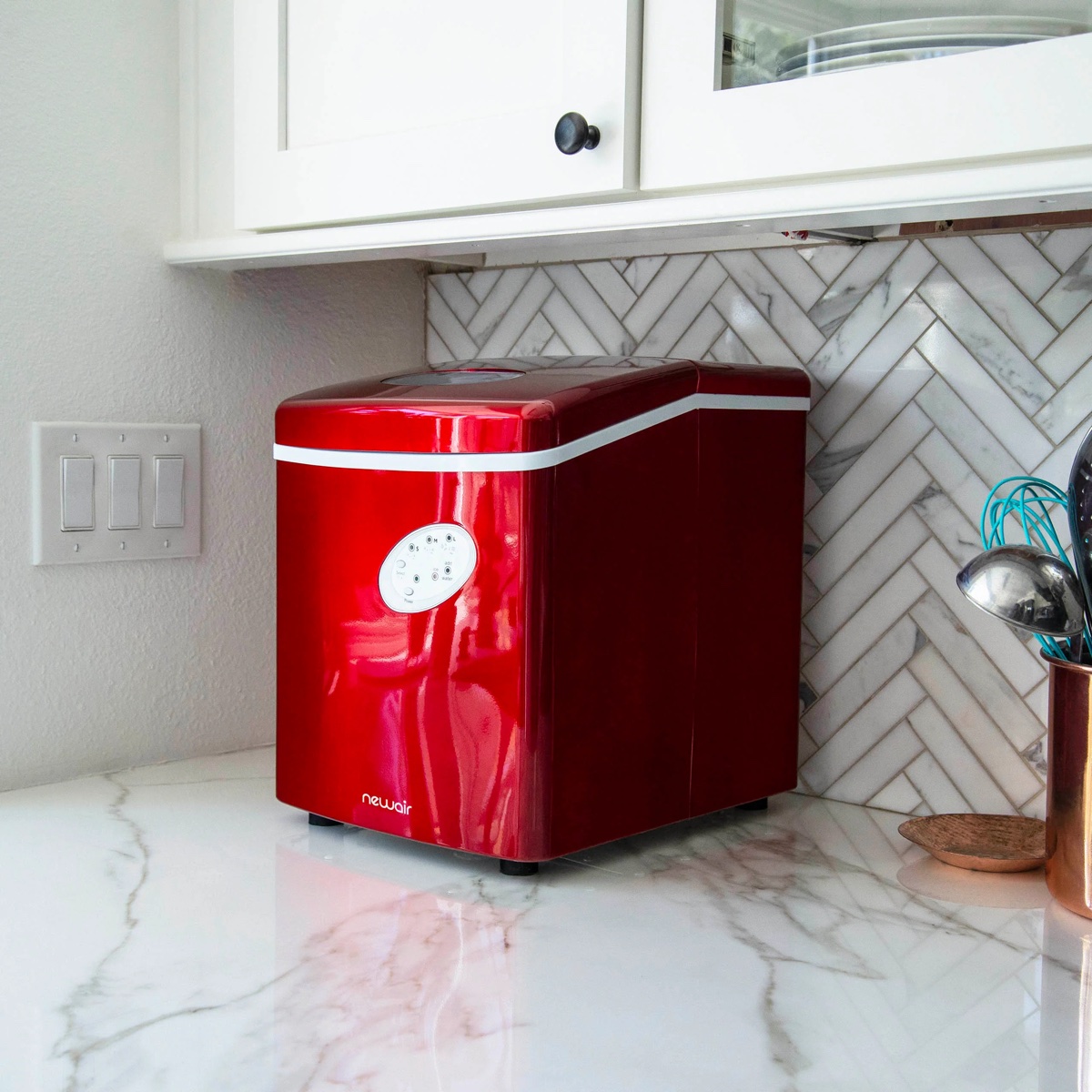
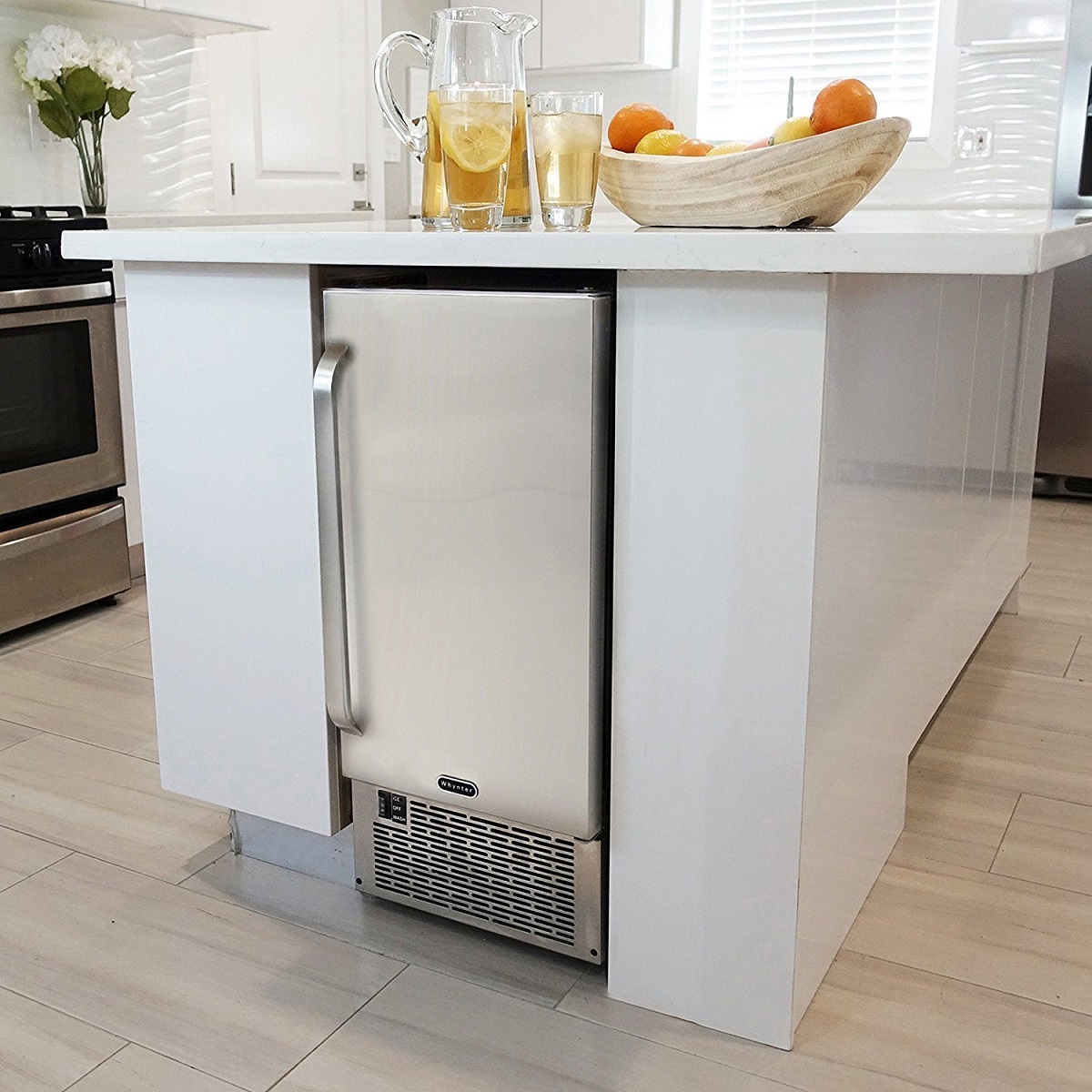
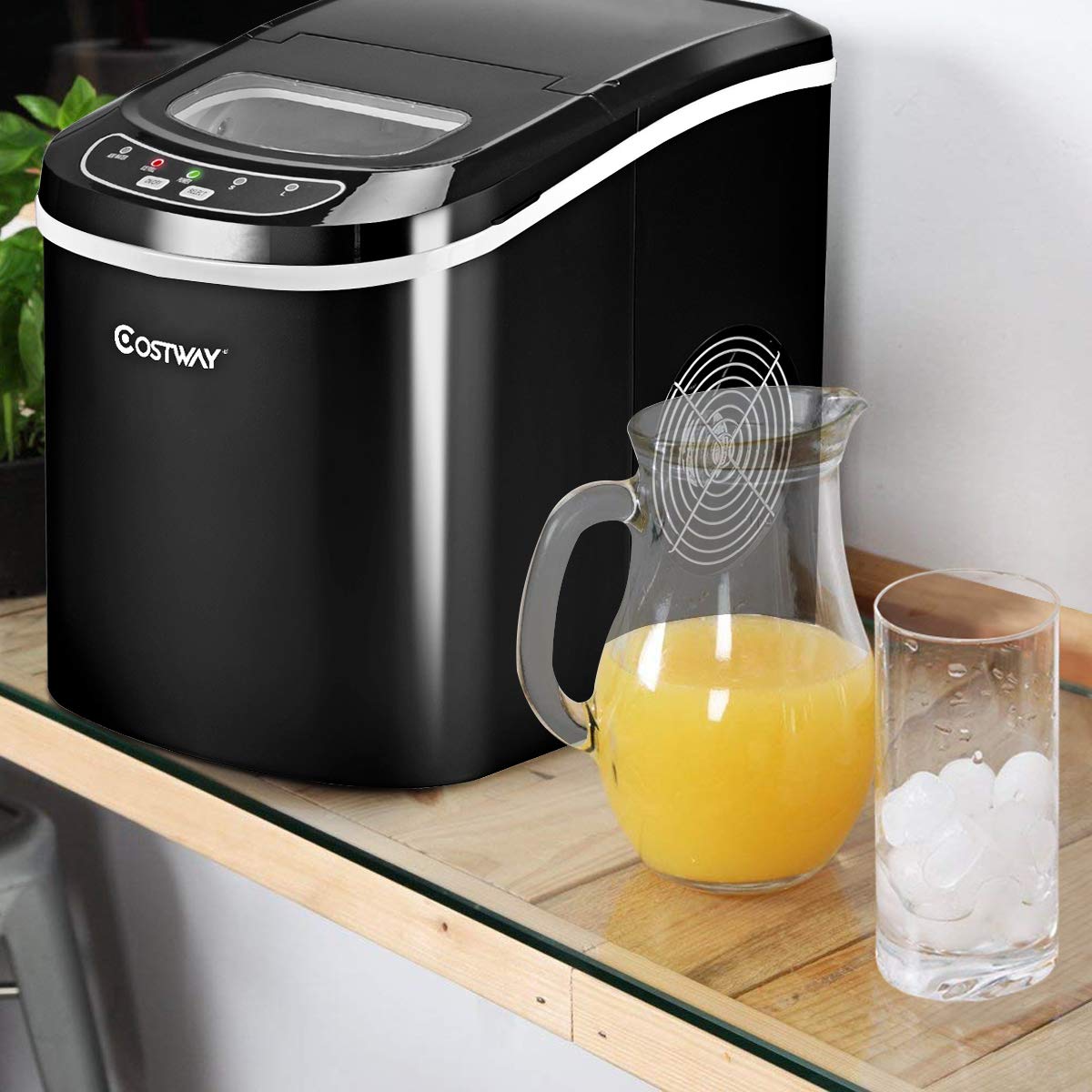
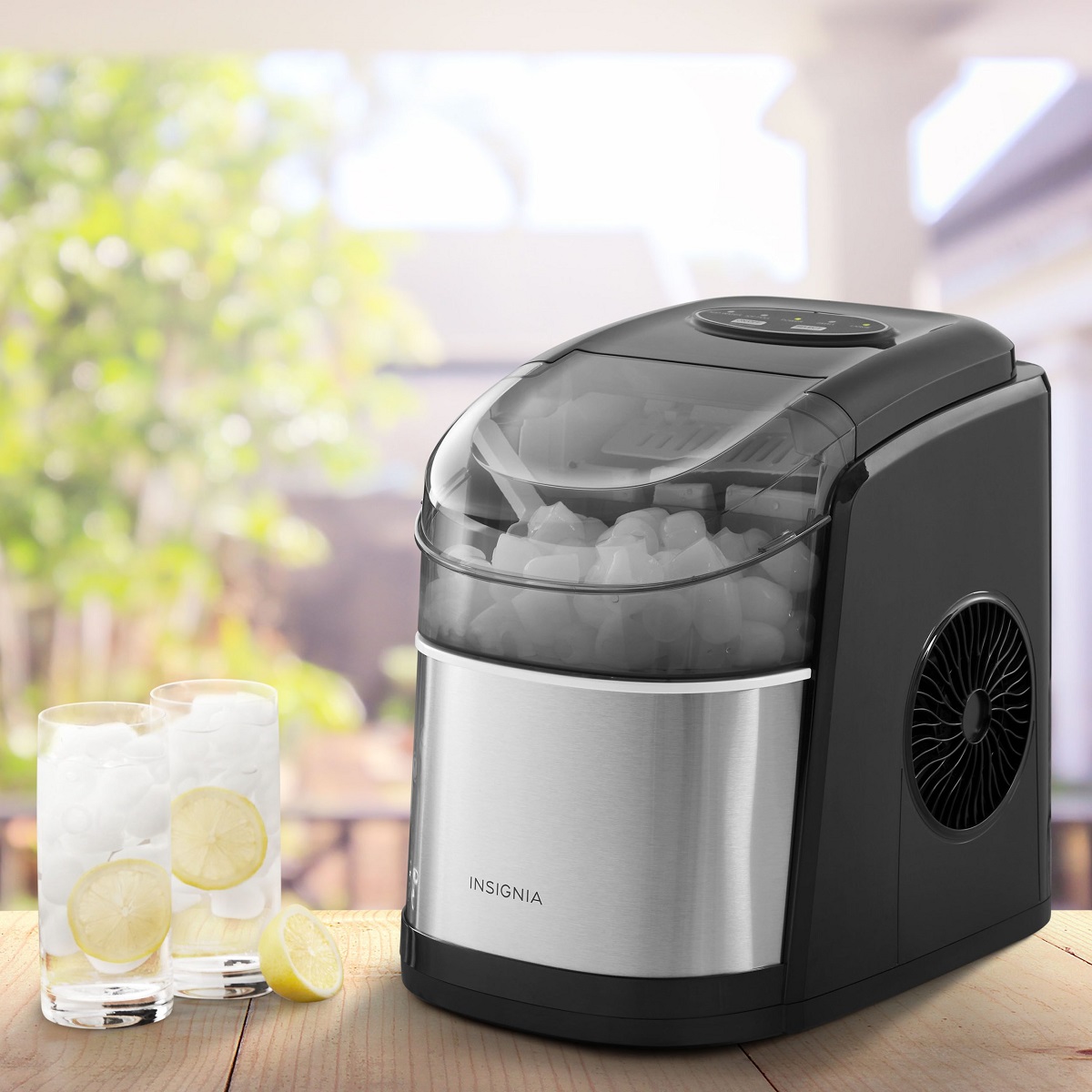
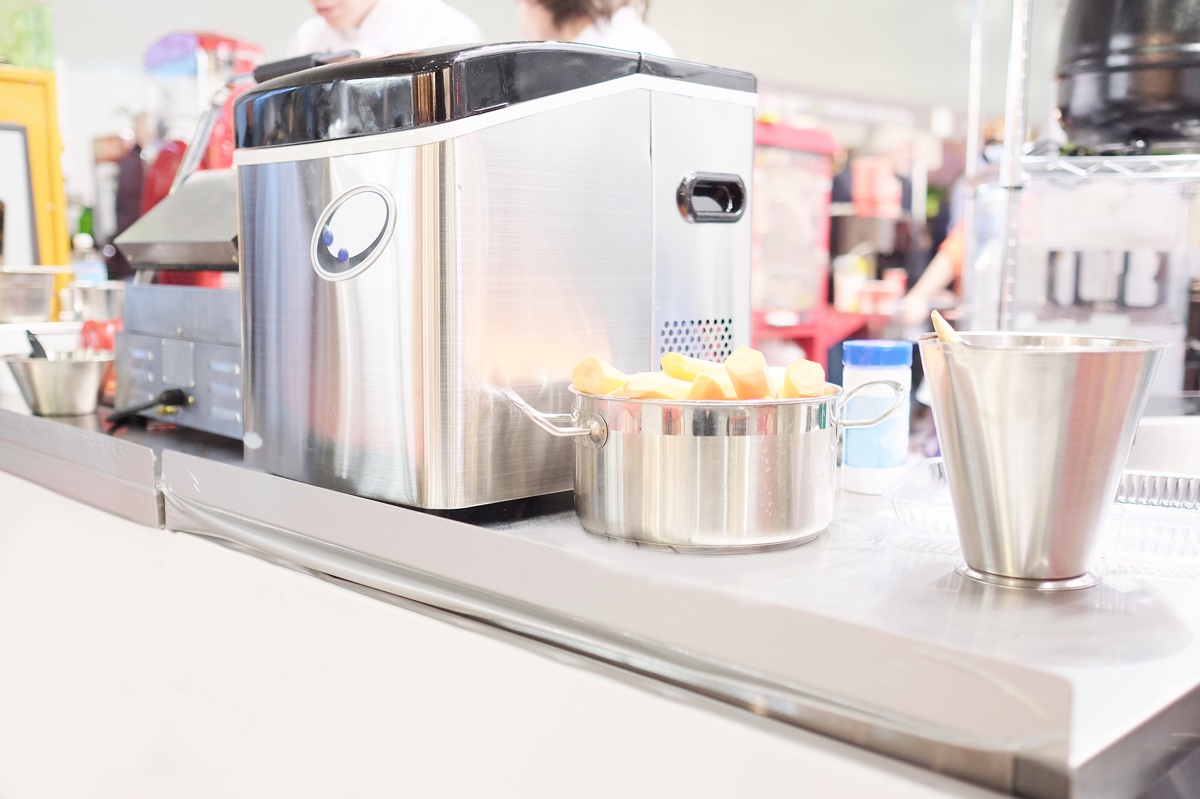
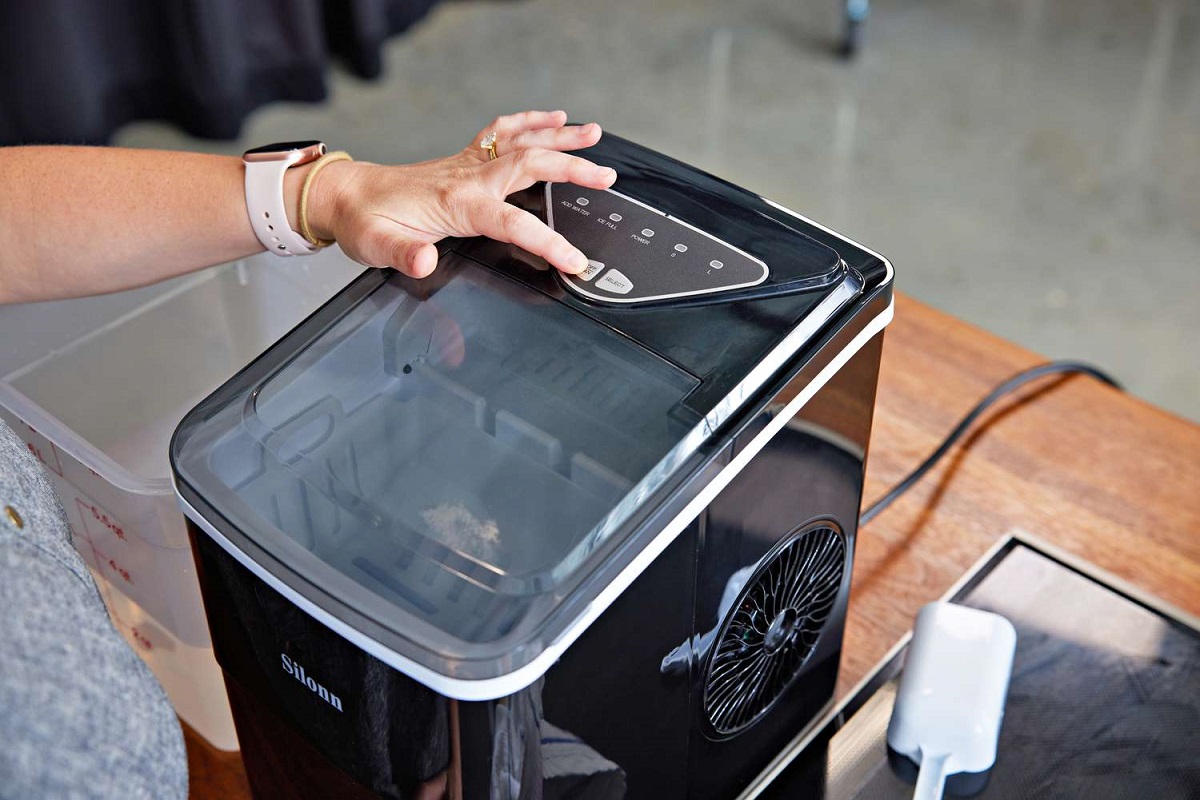
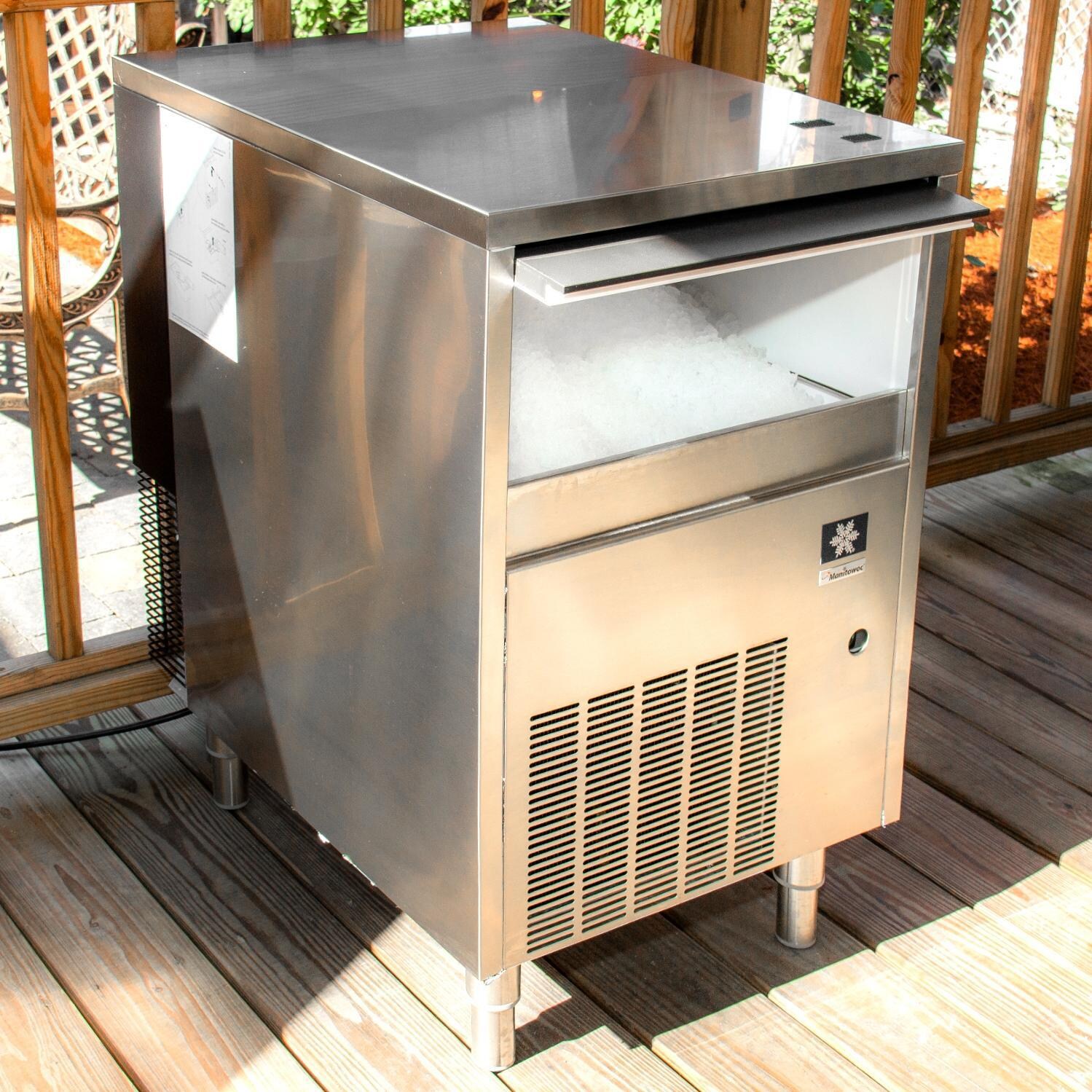
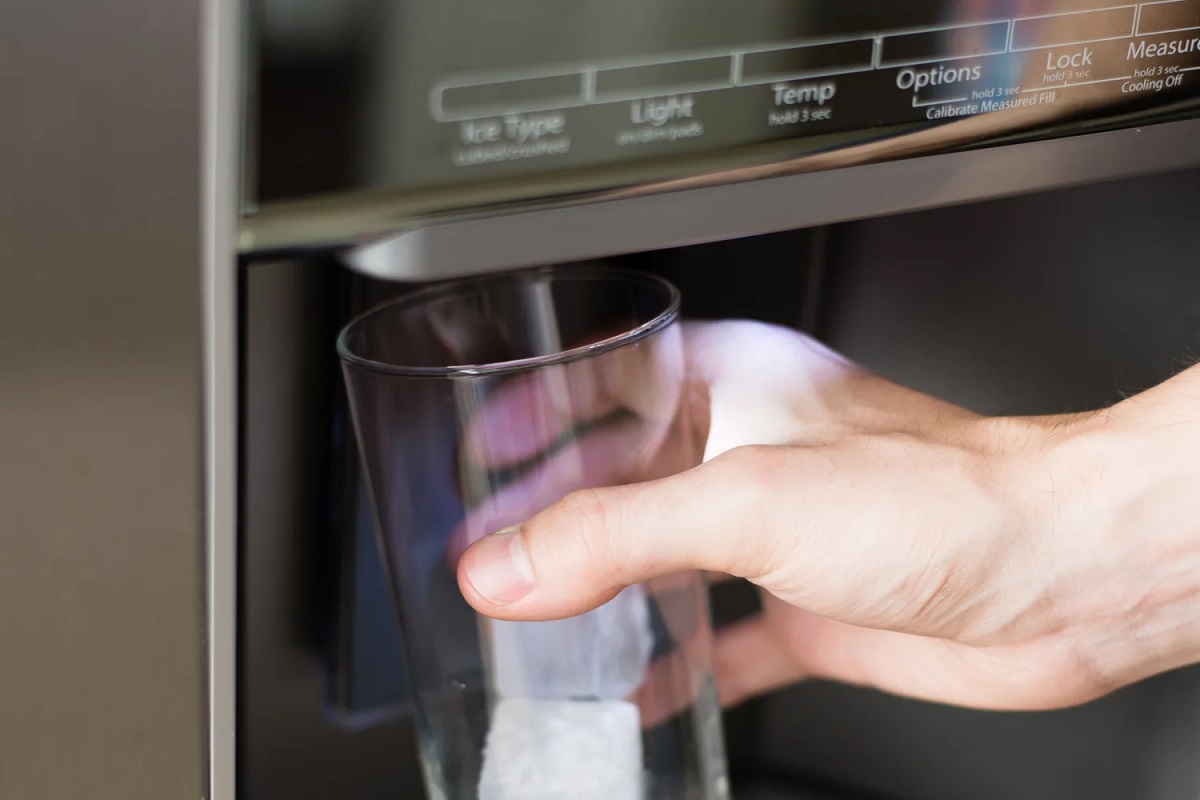
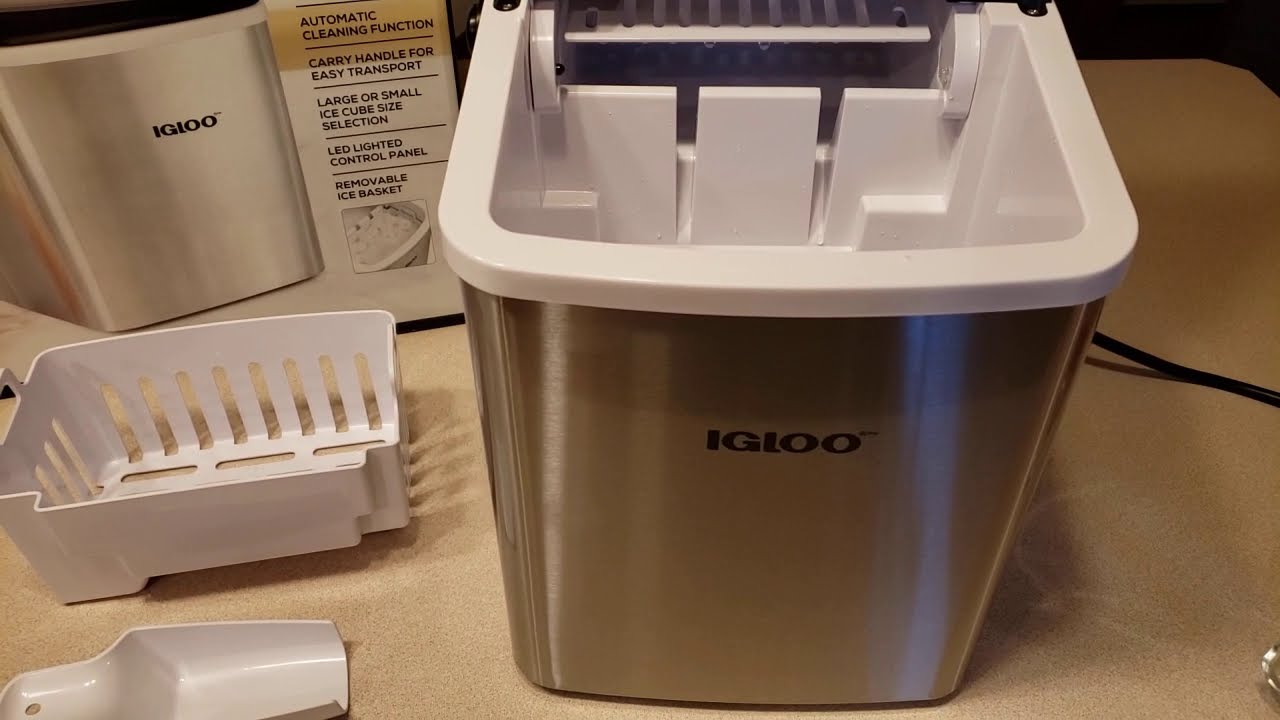
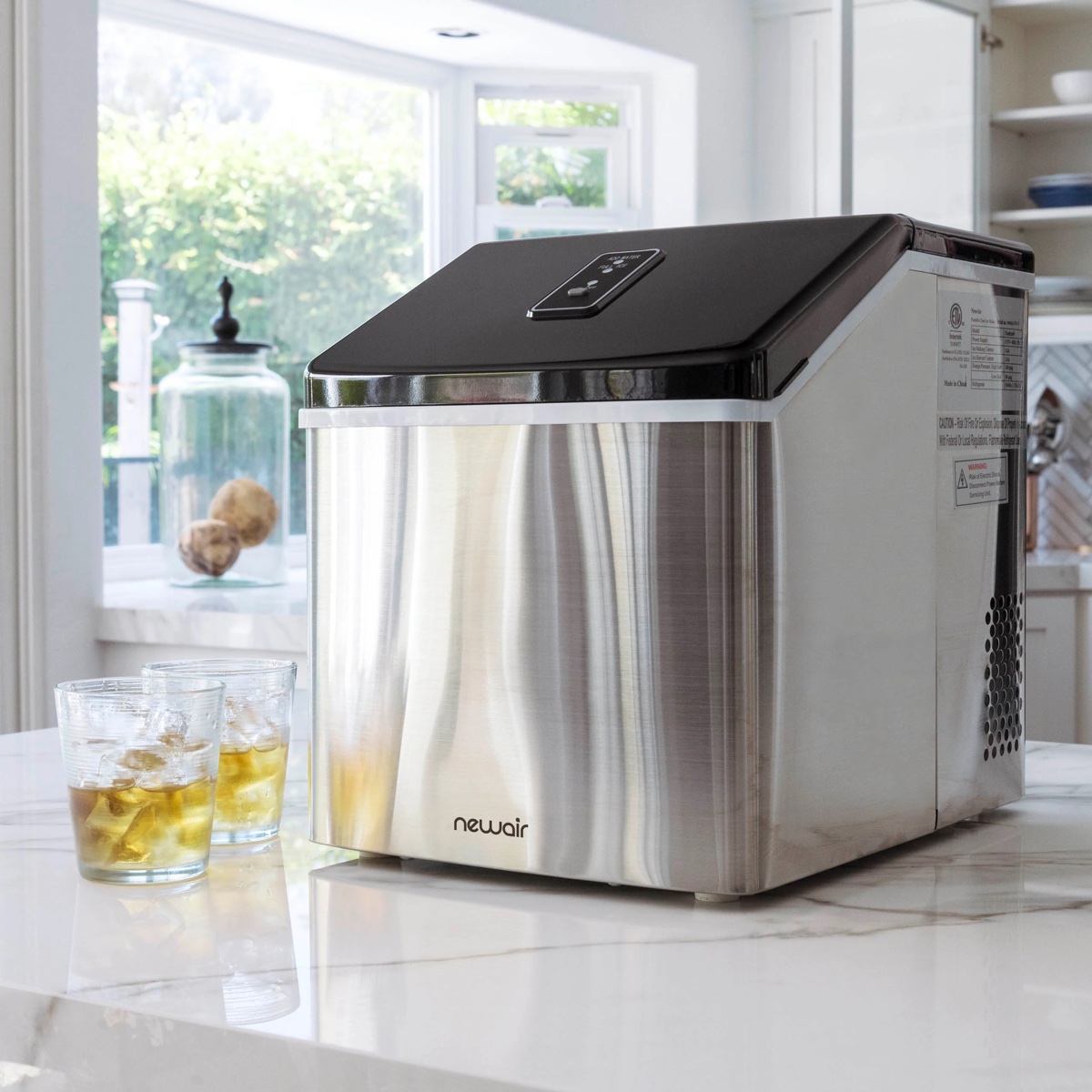
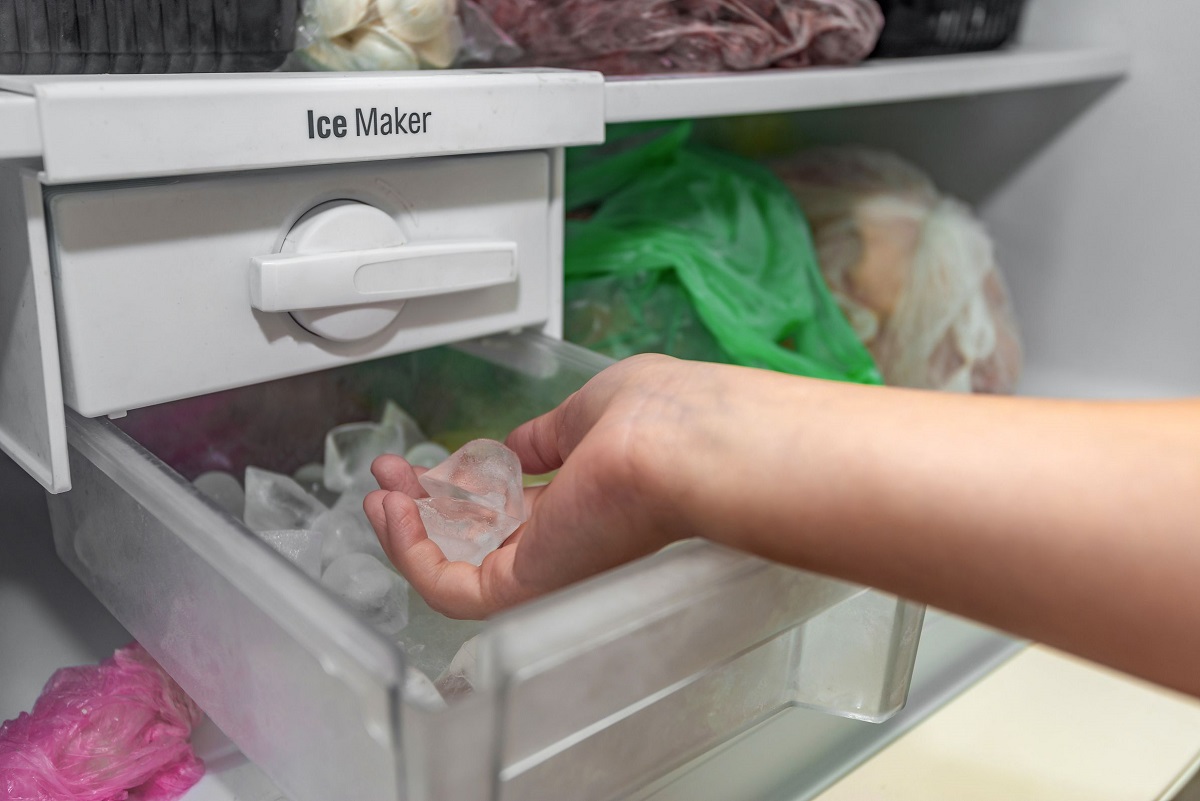

0 thoughts on “What To Use To Clean A Countertop Ice Maker”